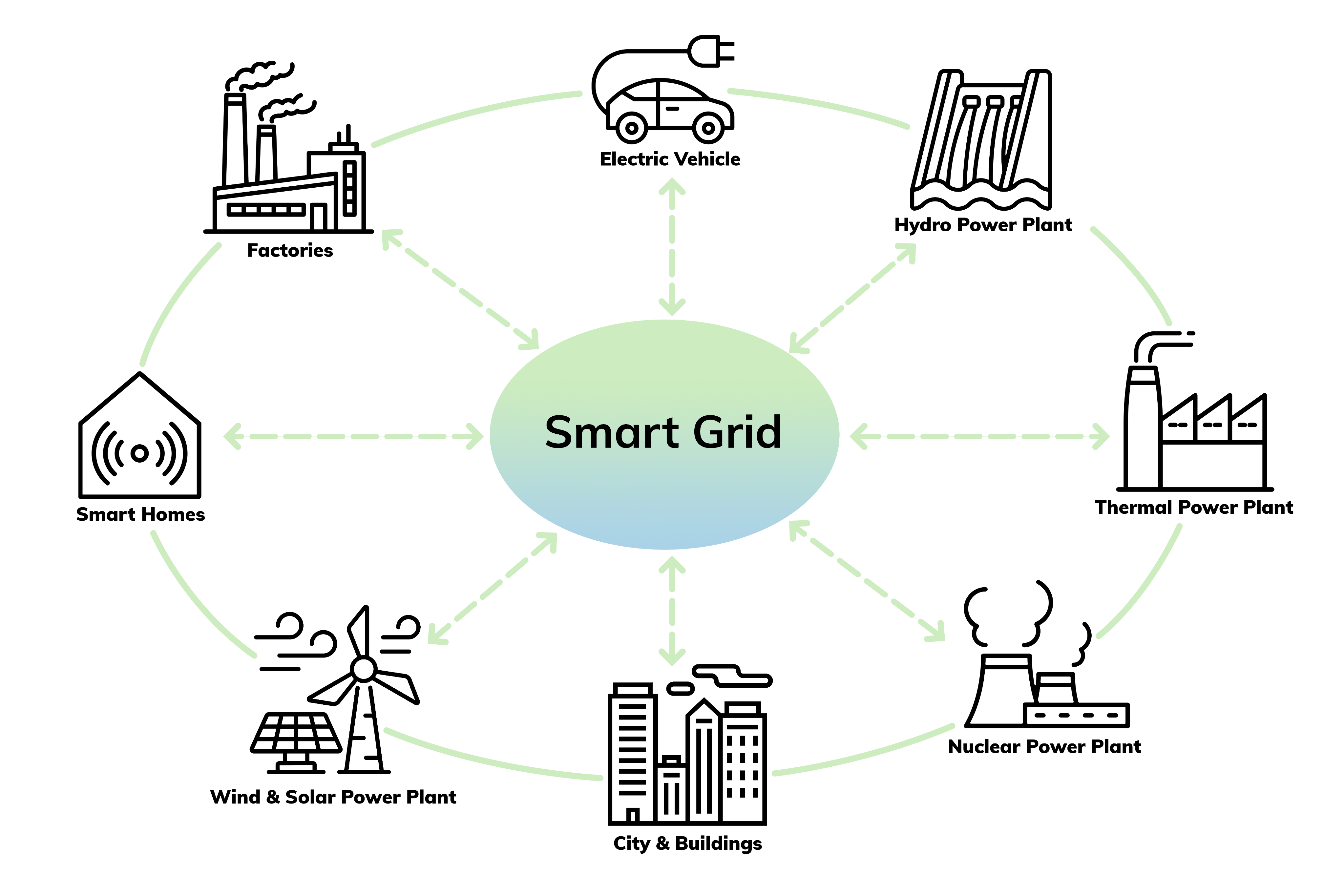How To Increase Energy Efficiency In Today's World With ML And AI

Intro
These days the term “Energy efficiency” has got a new meaning. It is not only an interesting topic, but it becomes a necessity and an absolute must. This change has come with the recent situation in the energy markets due to the war in Ukraine. High volatility energy prices and the need for diversification go hand in hand with attempts to reduce energy consumption.
In this article, we will highlight several areas and provide examples where artificial intelligence (AI) and machine learning (ML) can help to achieve desired goals to reduce some of the negative effects of the fast transitions ahead of us in the coming years.
The EU green deal plan for emissions reductions counted with the transitional period of approx. 10 years during which natural gas should have been extensively used as an alternative source of the energy. In the current situation, this is no longer valid as the EU wants to get rid of the reliance on Russian gas imports before the end of this decade. According to the recent IEA analysis, it is likely that we will see this transition happen much faster than originally anticipated – a process similar to the fast-paced digitalization during the pandemic.
Applications
Storage tanks sensor monitoring
To provide more flexibility during a time of high vulnerability in the energy market, many countries expand their storage capacities by building more oil and gas storage tanks. During the process of charging and discharging but also during the storage period, it is important to have accurate sensor measurements about the storage levels. Sensor faults represent the most common source of errors in many industries. A set of algorithms can be used to detect frozen sensors or faulty readings (e.g. out-of-range). Suspicious deviations in measurements over time can be flagged, together with other anomalies (e.g. leak detection).
Reducing buildings and industry energy consumption
Data centers are one of the most energy-intensive building types, consuming 10 to 50 times the energy per floor space of a typical commercial office building. According to the US DOE, they collectively account for more than 2% of the total U.S. electricity use, and energy use is expected to grow further. Fortunately, with the application of ML methods, there are many opportunities to reduce energy use in data centers. For example, this can be accomplished by optimal setpoint adjustments or by the application of predictive maintenance to the cooling equipment. In 2018, Google announced it had turned cooling control at some data centers over to a proprietary AI algorithm.
Commercial buildings, which have accounted for more than half of the increased global electricity demand over the past 25 years, have huge potential for energy-efficiency improvements: a smart heating and cooling that is hooked up to building sensors and weather forecasts could save up to 10% of their energy demand.
Most of the potential in the industrial sector is attributed to improvements in process heating (or cooling) strategies, advanced control and monitoring systems, boiler load management and optimization as well as predictive maintenance.
Electric vans and forklifts are the first options for use in many warehouses and logistics centers. The fact that the electricity spot price varies during the day motivates us to find an optimal charging strategy for the portfolio of electric vehicles. Based on available historical data about charging cycles and electricity prices, machine learning and optimization approaches can be utilized to minimize operating costs while keeping enough vehicles available at any time of the day.
Smart grids
An electric grid is a network of power-generating sources and transmission infrastructure that produces electricity and carries it from places such as power plants, wind farms, and solar arrays to houses, hospitals, or even public transit systems. Traditional electricity grids have almost no storage capabilities, they are demand-driven and have a hierarchical structure.
In contrast, a smart grid is an electricity network that enables a two-way flow of electricity and data whereby smart metering is often seen as a first step. Big data analytics and IoT technologies are important technology drivers in smart grids whereby analytics shift to the edge. Smart grids enable electricity customers to participate actively (see figure below). Moreover, they have the capabilities to detect, react / pro-act to the changes in usage and issues and so they provide increased efficiency and reliability of the power supply.

The primary role of energy storage is the same across all applications: to absorb the energy generated at one time and to discharge it to supply power later. Recent years have shown that battery energy storage systems are well suited for this purpose.
From a control standpoint, the task can be defined as an optimization problem. The more variability in supply and demand, the more difficult it is to keep the grid stable. The benefits of the application of machine learning are in the savings on customers' electricity bills by reducing peak demand as well as the utility companies reducing their operational cost of generating power during the peak periods.
Further considerations
Machine learning has great potential for improving products and processes. However, computers usually do not explain their predictions which is a barrier in the adoption of many ML/AI approaches. Model interpretability (or explainability) means the algorithm and its decision or output can be understood by a human.
Sometimes, the information about “why” is even more important than the precise prediction itself. There are several reasons why the ML model's explainability is so important:
- When a model makes a wrong decision, knowing the factors that caused that decision, or who is responsible for that failure, is necessary to avoid similar problems in the future.
- In high-risk domains (e.g. healthcare or process control), trust is crucial. Before machine learning solutions can be used and trusted, all stakeholders must fully understand what the model does. Domain experts are naturally skeptical of any technology that claims to see more than them.
- Model explainability is critical for data scientists and business decision-makers alike to ensure compliance with company policies or industry standards.
- Explainability can also improve performance. If you understand why and how your model works, you know exactly what to fine-tune and optimize.
- Understanding the decision-making process of your models shows you unknown vulnerabilities. With such insights, control is easier.
Conclusions
The current situation in the energy markets calls for smart solutions more than ever. AI/ML can help to reduce both operating costs and risks. If you are also tackling challenges presented in this article, feel free to reach out to us.



